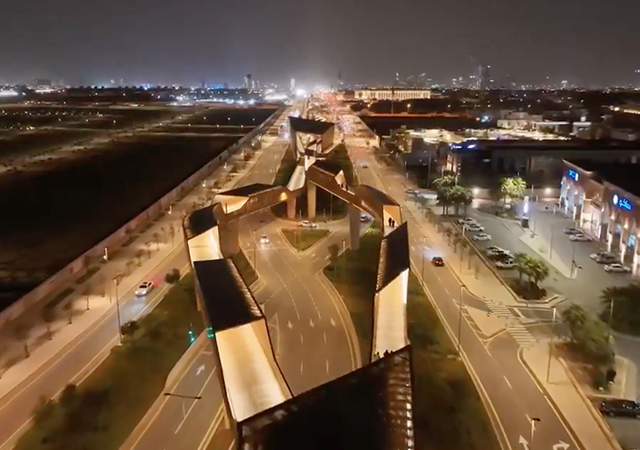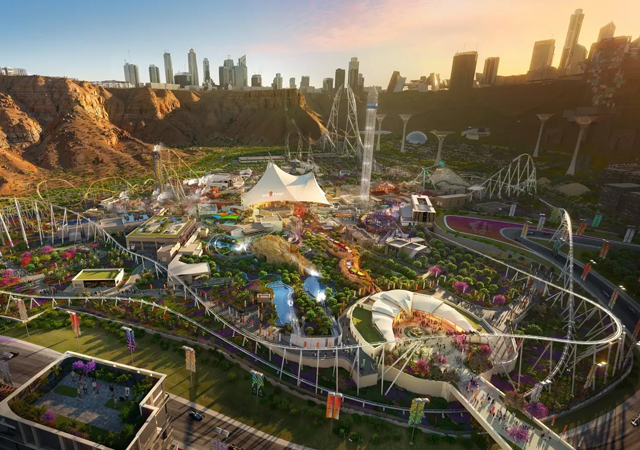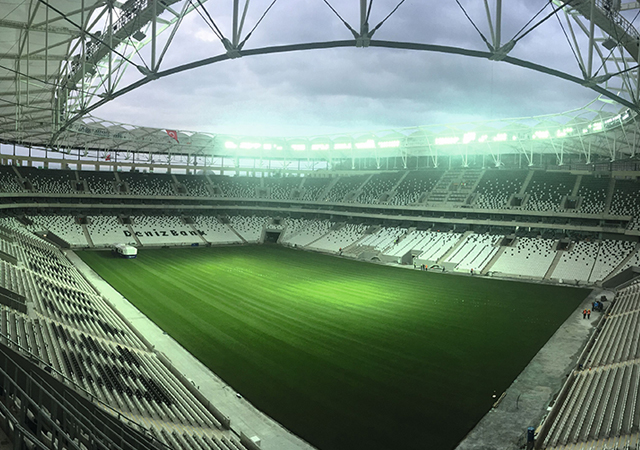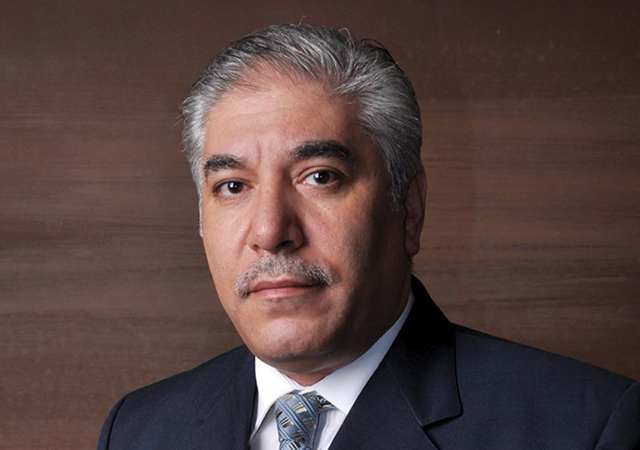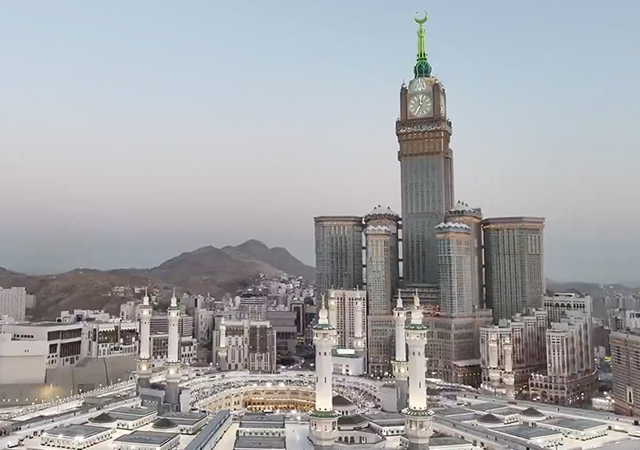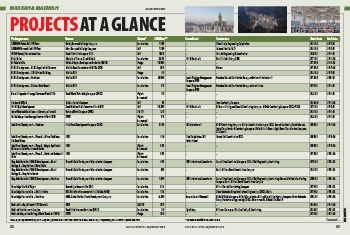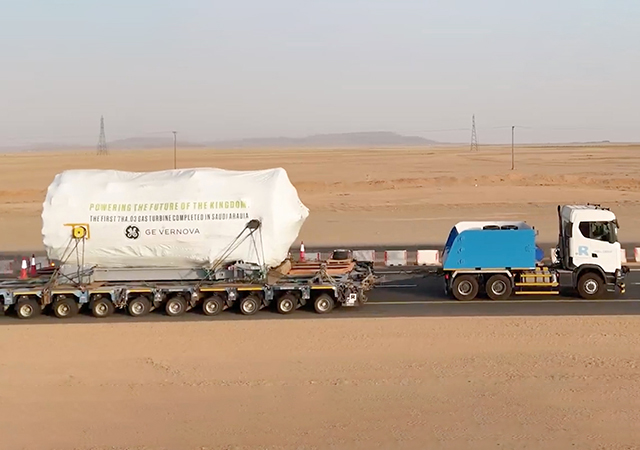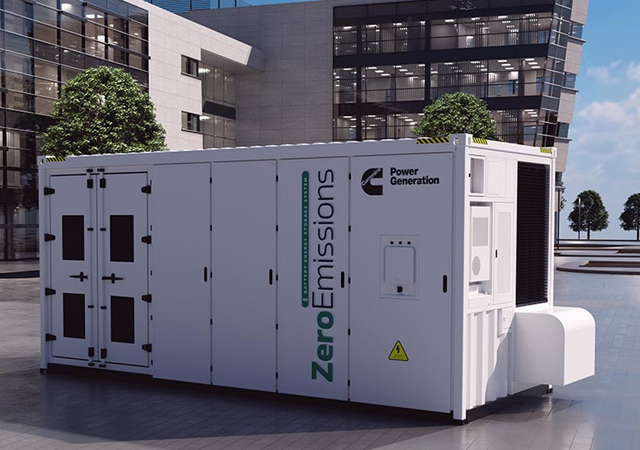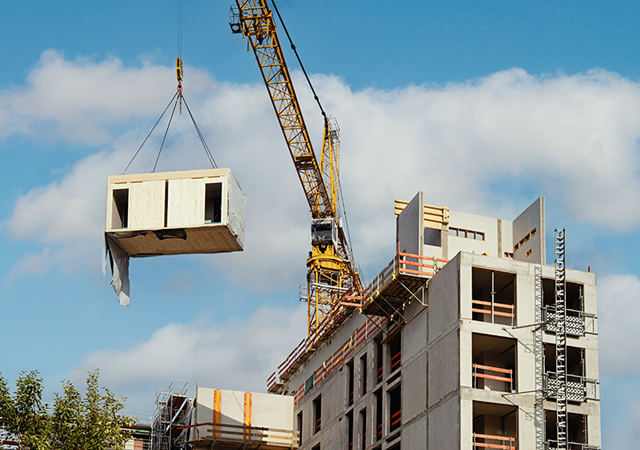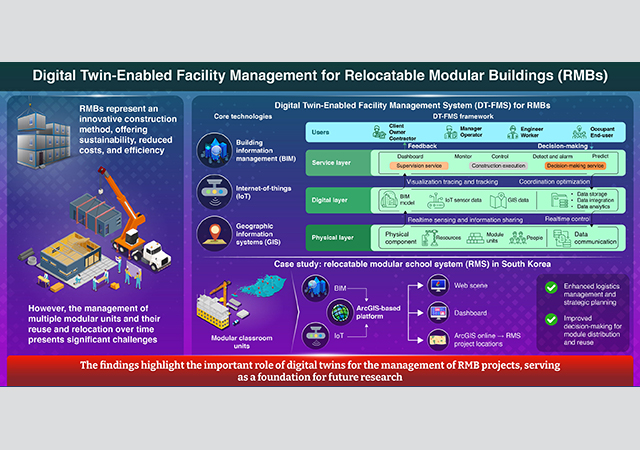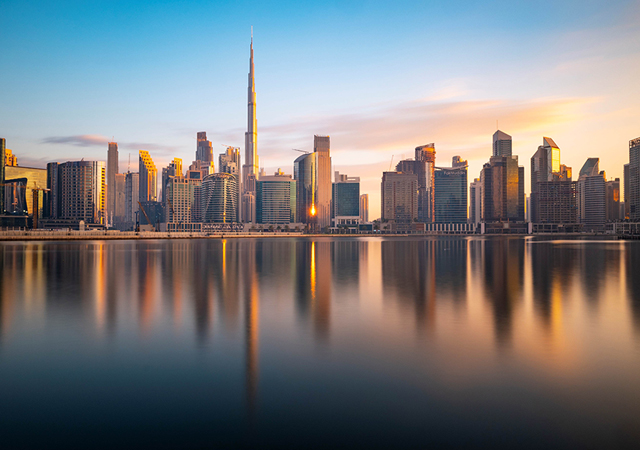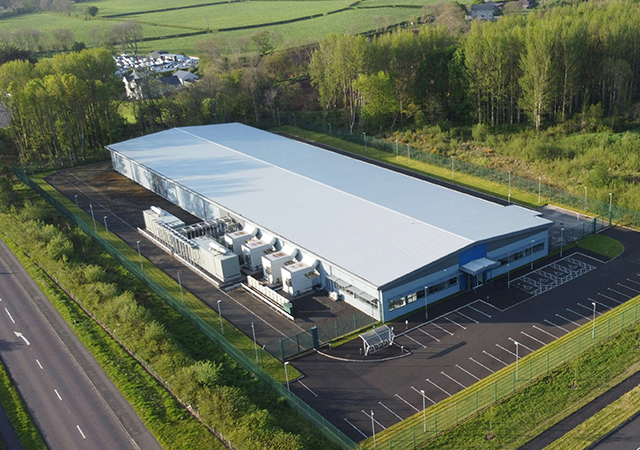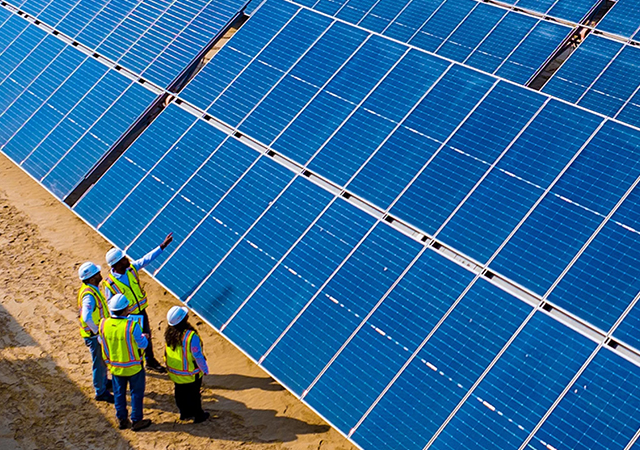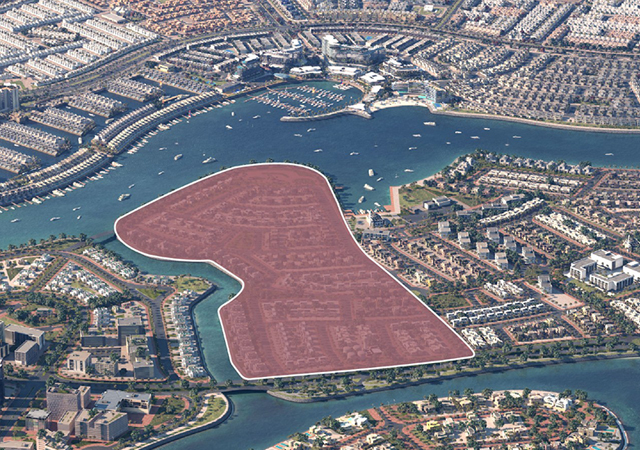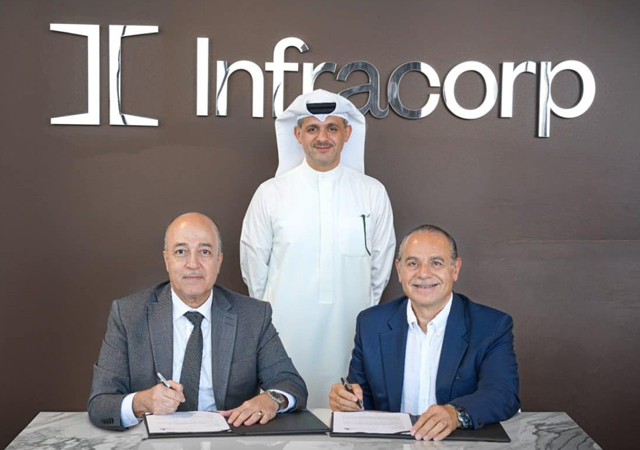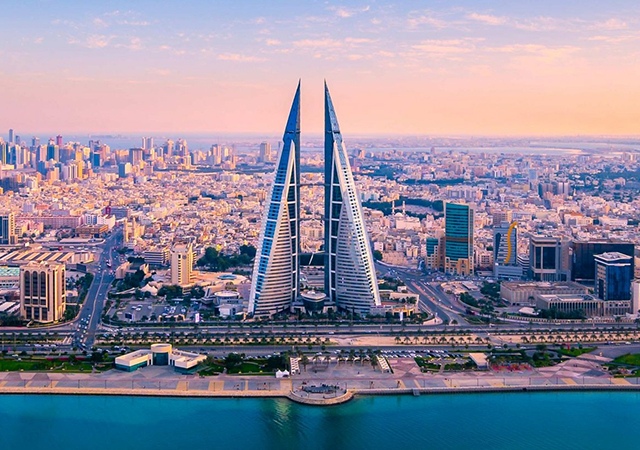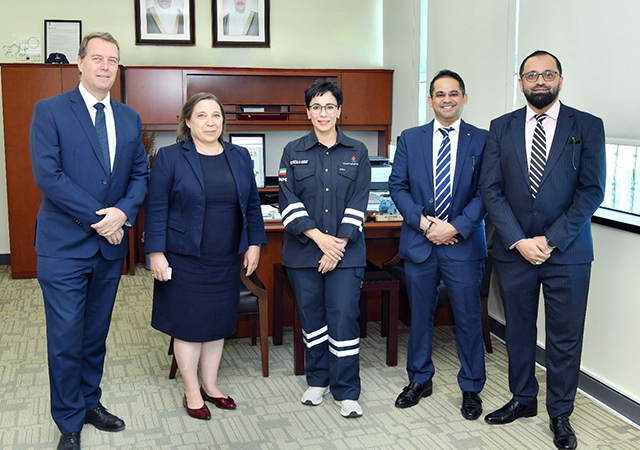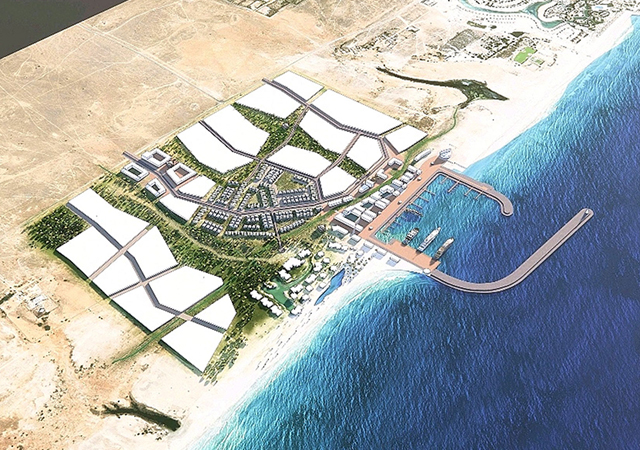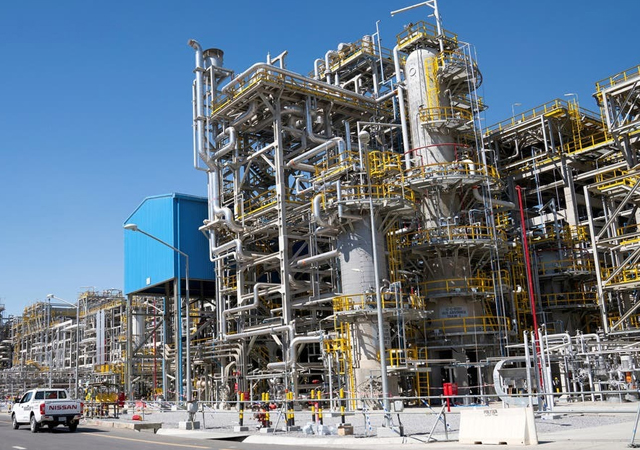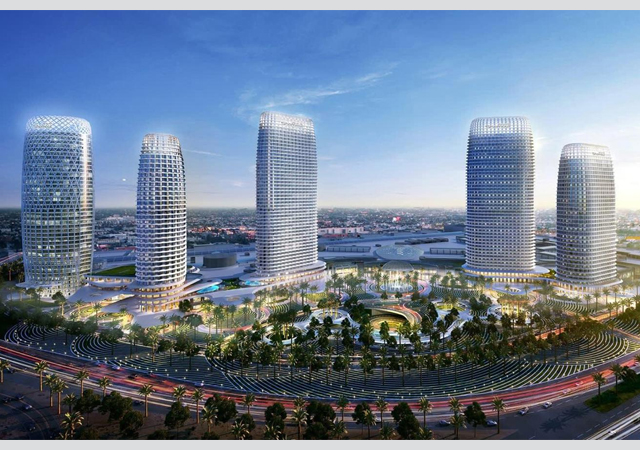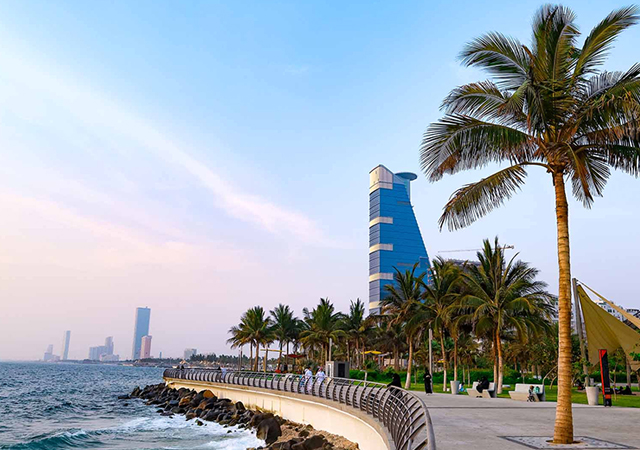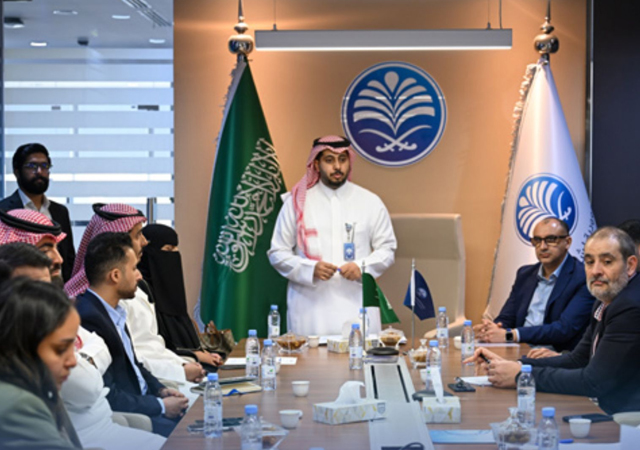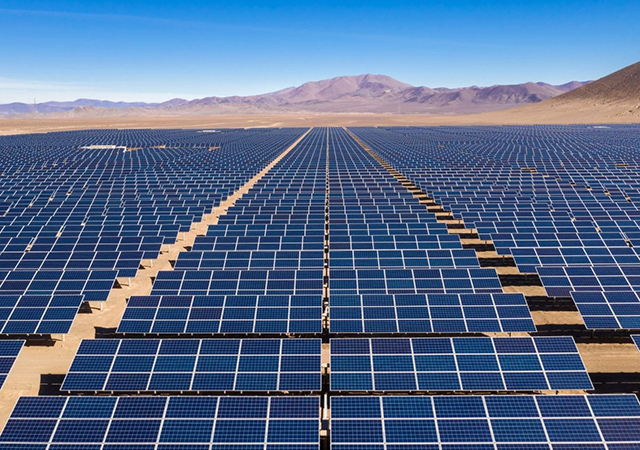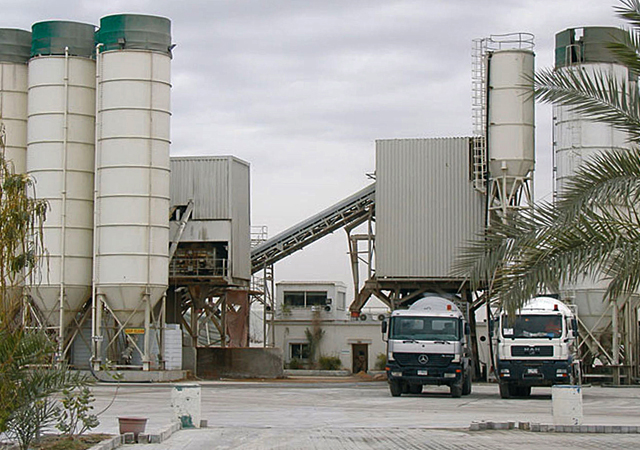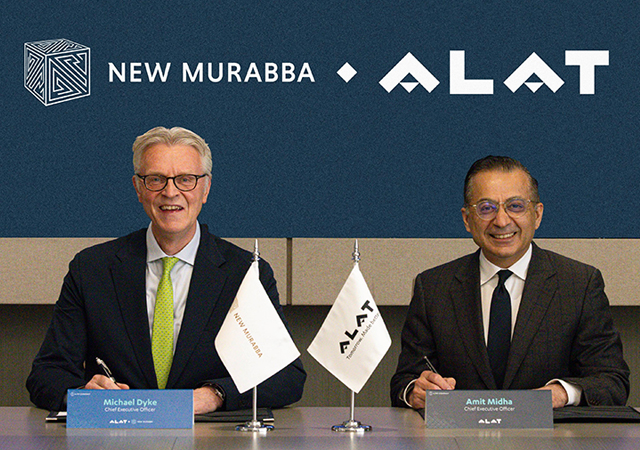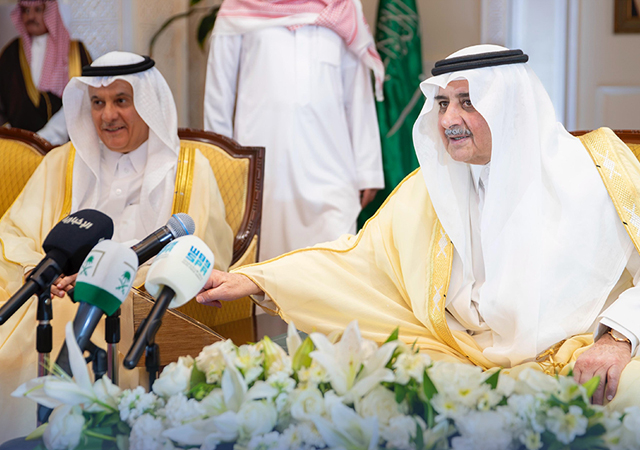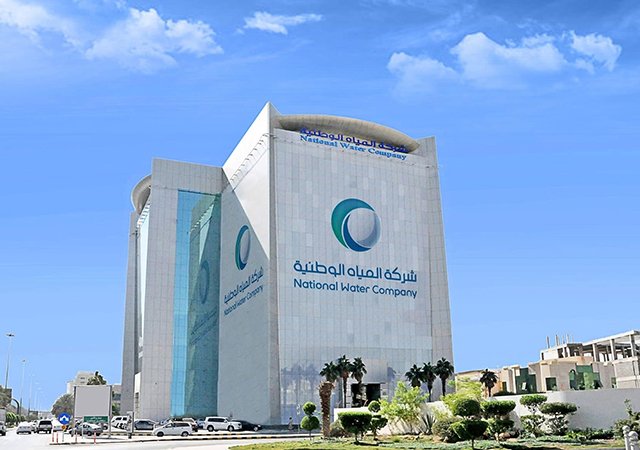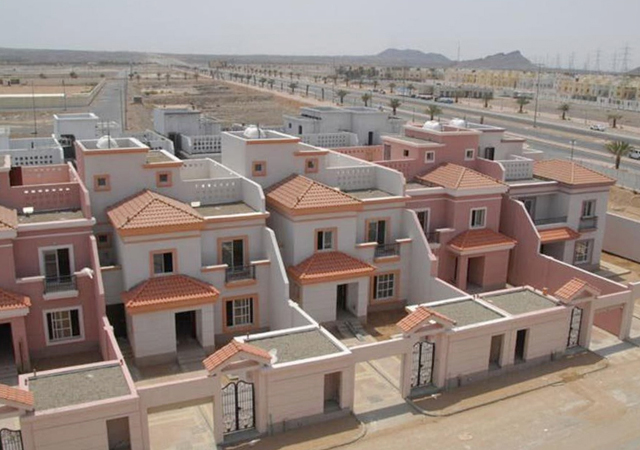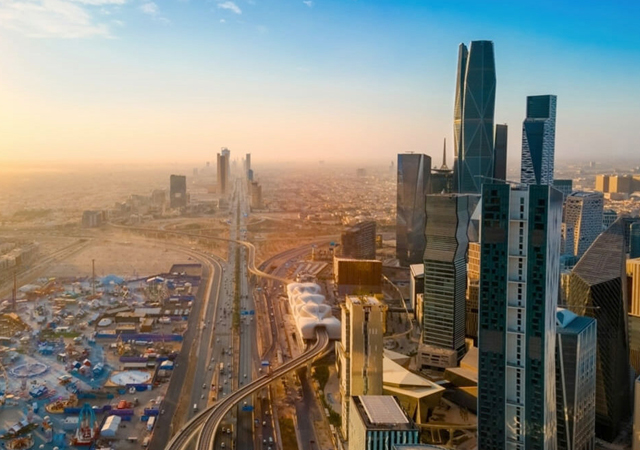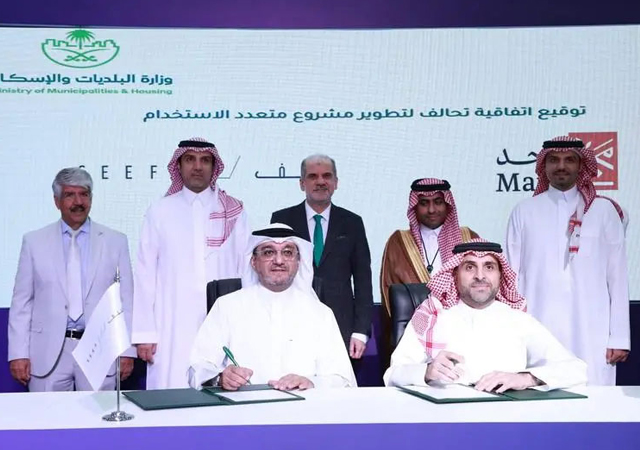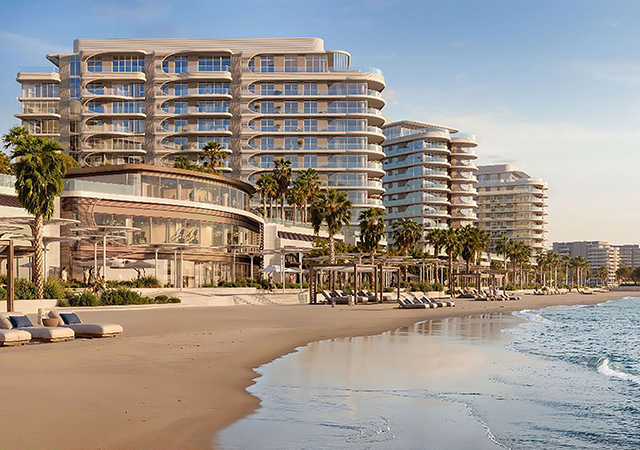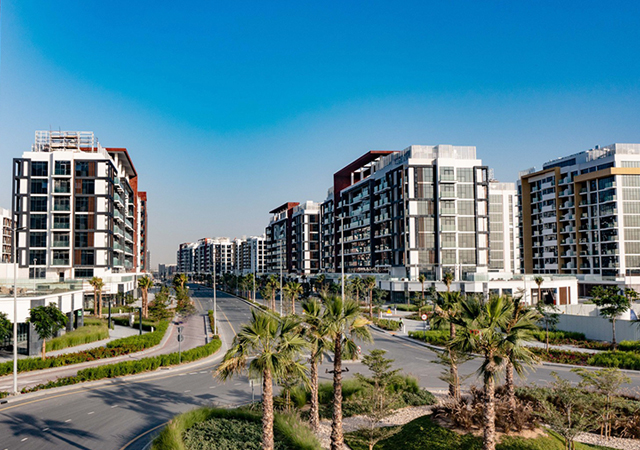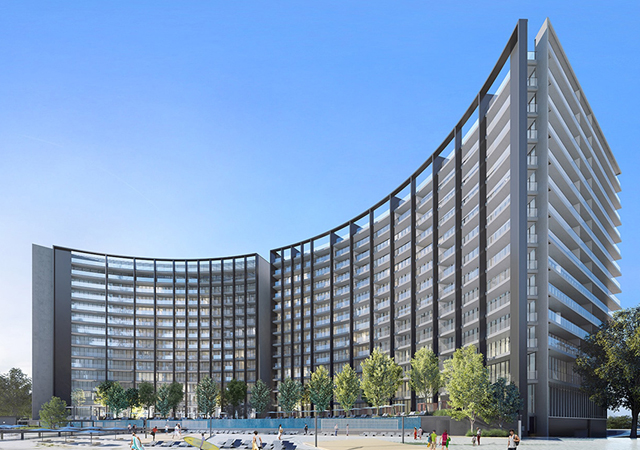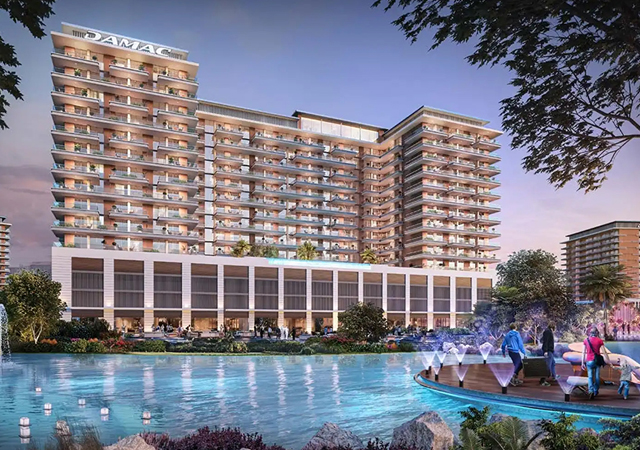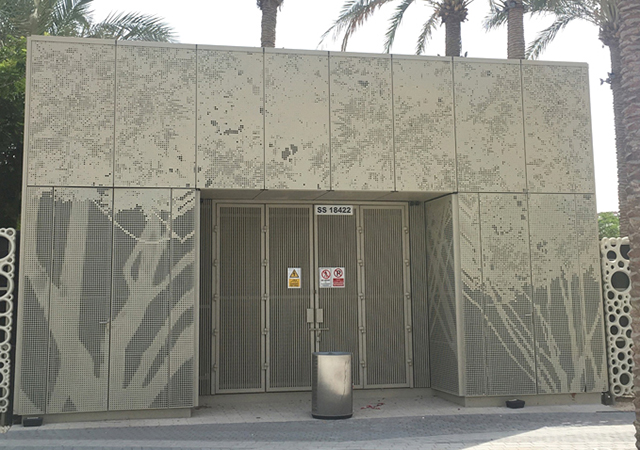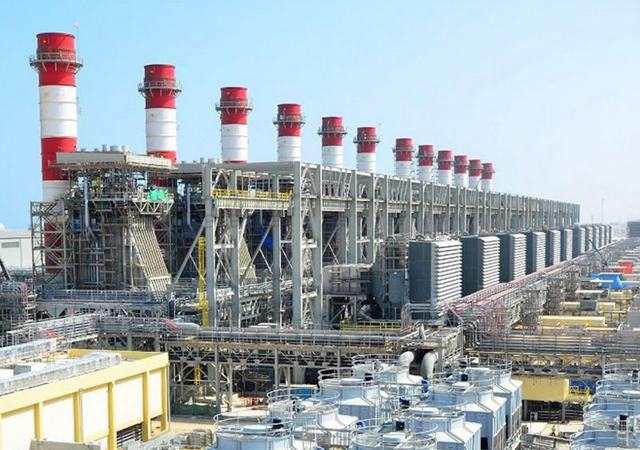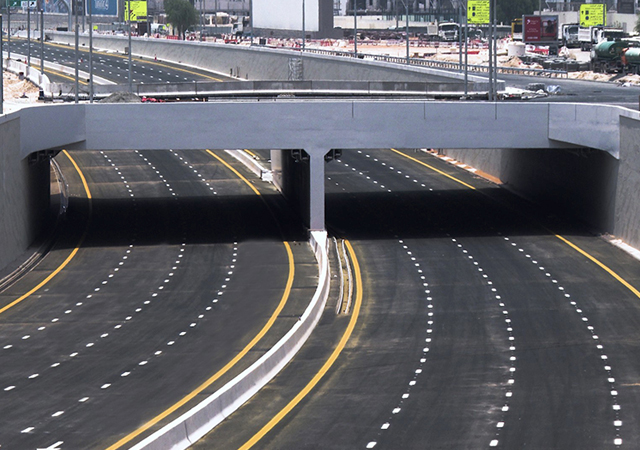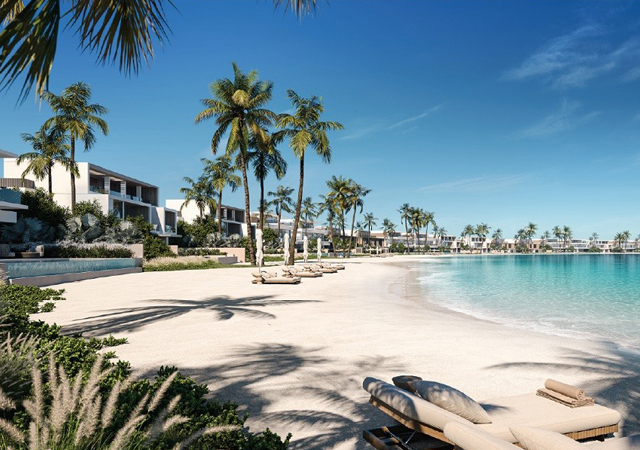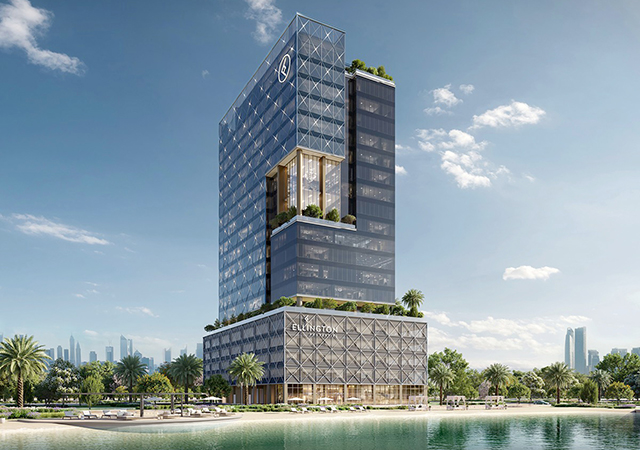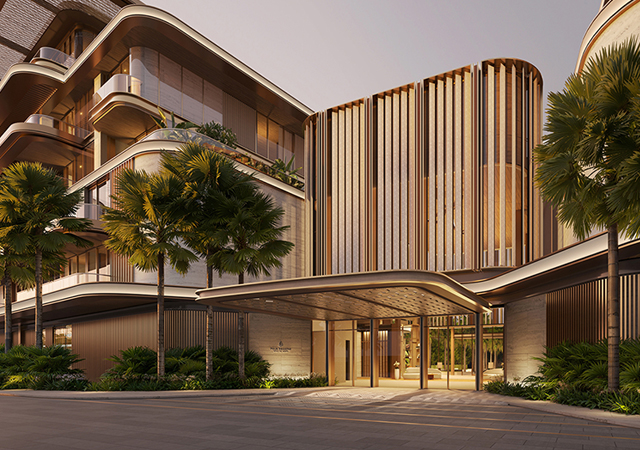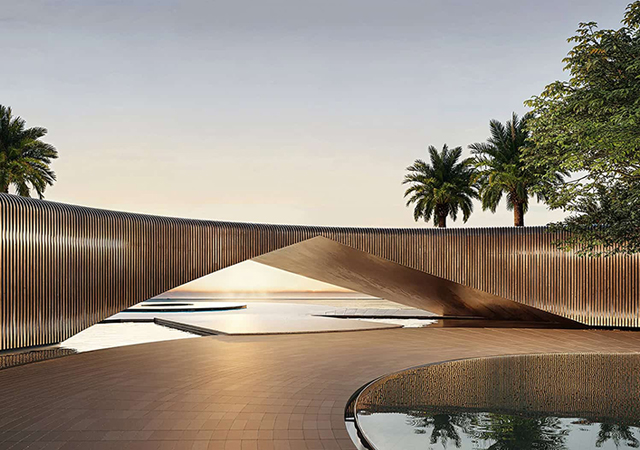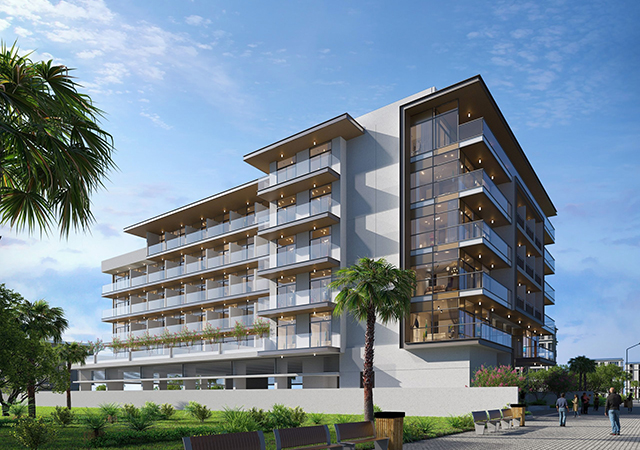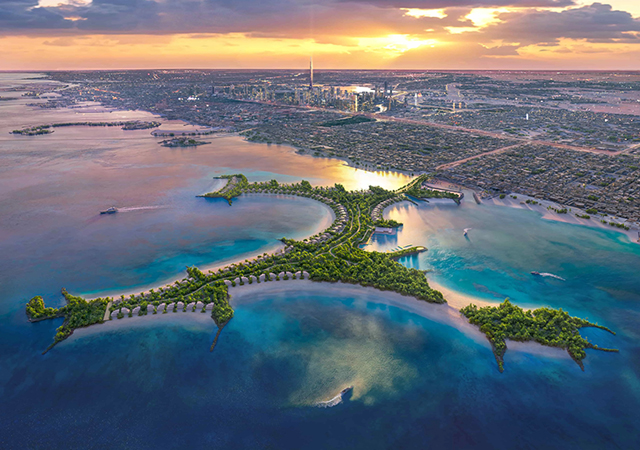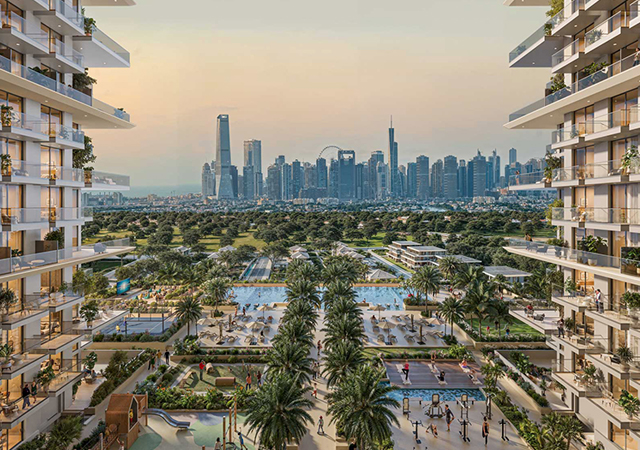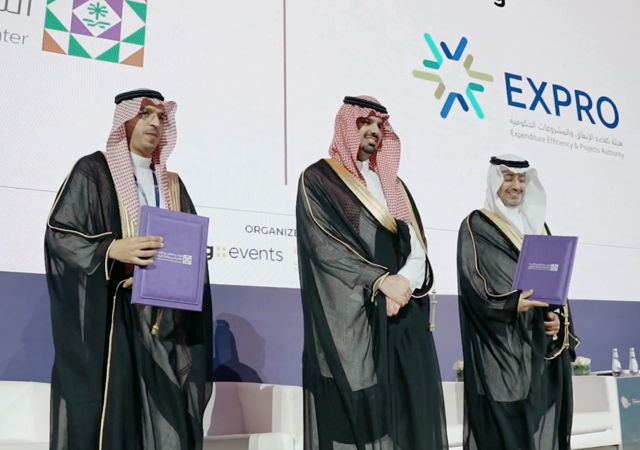
 The Avenues ... a major mixed-use development under way.
The Avenues ... a major mixed-use development under way.
Kuwait, the development darling of the 70s, is hitting the headlines again for the right reasons as the country’s public and private sector bosses steer it to a new era of progress powered by an overflowing treasury and confident entrepreneurs.
Looking at the investment scene, it seems as though the enthusiasm and the vigour of the 70s, when the nation led the region with massive projects, are back.
Massive budget surpluses brought by the spiralling oil prices, and the resultant increased spending has propelled the nation to new heights, literally.
As Kuwait heads for the skies with a vast array of skyscrapers, the emirate is now aiming to break world records, gauging by the ambitious 1,001-m-tall Mubarak Al Khabir Tower – the centrepiece of the massive KD25 billion ($86.2 billion) Madinat Al Hareer City – that is on the drawing boards.
According to recent reports, Kuwait takes second place in the Gulf – after the UAE – in terms of construction projects, with developments totalling $211 billion on the cards, narrowly beating Saudi Arabia ($201 billion).
Apart from the mega Madinat Al Hareer City project, other big-ticket developments include the estimated $3.3 billion Failaka island development, Kuwait’s $6.3 billion fourth oil refinery, the $2 billion expansion of Kuwait International Airport, Kuwait University’s $3 billion new campus, the $1.2 billion Bubiyan Port, the $1.5 billion Subiya causeway, a $1 billion-plus highway upgrade and a multi-billion-dollar housing programme.
Kuwait, which sits on a tenth of global oil reserves and hence is flush with petrodollars – has said it plans to invest more than $50 billion in housing and infrastructure projects by the decade’s end, to tackle the growing list of pending applications for government housing and the surging traffic congestion in the city.
While the country will have little difficulty in financing its mega projects, the major obstacle that is hampering its rapid development is the nation’s lengthy decision-making process, which involves a number of government agencies. A case in point is the $1.5 billion Subiya causeway, which has not made much headway as the government is deliberating whether to proceed on it on a build-operate-transfer (BOT) or design-build basis. One project that could escape this tedious process is Kuwait University’s proposed campus at Shadidiyah, which is funded directly by the government.
The emirate appears to be looking to reposition its ancient role on the historic Silk Route as a gateway to regions in the North and East. The Madinat Al Hareer – which is Arabic for City of Silk – indicates its aspirations in that direction. Other projects that could further its ambition is the construction of a port on Bubiyan Island (a joint public-private venture) and a planned North-South GCC train line.
Bubiyan & Failaka Islands
Among the largest projects that have been unveiled over recent years is the development of the Bubiyan and Failaka islands. The client on both these projects is the Mega Projects Agency (MPA), part of the Ministry of Public Works.
Bubiyan, the largest of the emirate’s nine islands, will house the container port mentioned above, a free trade zone and oil storage facilities, as well as including residential areas and nature reserves. It would be served by rail links to Kuwait and beyond. Last August, Kuwait’s cabinet approved plans for the establishment of a $4.15 billion company to develop the island.
The Failaka project aims to transform the 26 sq km island into a major tourism destination featuring 20 hotels and recreation facilities. The Council of Ministers (cabinet) has recently approved an allocation of $413 million to fund the island’s infrastructure.
Housing
Kuwait plans to build at least 68,000 new housing units by 2012 to cut the waiting lists for government homes, according to Public Works Minister Badr Al Humaidi. He said that 62,572 applications for homes were pending with the Public Authority for Housing Care (PAHC). According to Humaidi, 31,450 new housing units will be ready by 2011 and another 36,671 would be ready the following year.
As part of this programme, the PAHC is currently evaluating bids for a major concession to develop a low-cost housing project south of Jahra. The estimated $1.7 billion project involves the construction of more than 10,000 three-bedroom villas and is slated for completion in 2010. The project is one of a number of multi-billion-dollar concessions planned by the PAHC, including the $10 billion Arifjan, Kheiran and Subiya new city developments.
Commercial & residential complexes
The technical aspects of Kuwait’s most ambitious project, the Madinat Al Hareer are currently being evaluated by the Higher Planning Committee of Kuwait and, according to its master planners, is likely to move ahead next year (see separate report).
This apart, a multitude of real estate developments, including mixed-use developments are taking shape or on the drawing boards including plans for the Kuwait Business Town and the 70-storey Gate of Kuwait on Al Sour Street.
The local Tamdeen Shopping Centre Development Company (TSCDC) intends to launch construction work on the Mall of Kuwait, which is expected to be among the largest mixed-use commercial developments in Kuwait. Located in south Sabahiya, the mall will comprise shopping units, a hypermarket, an 8,000-slot multi-storey car-park, an Imax cinema complex and a multi-purpose convention hall. The local contracting firm Ahmadiah is tipped to clinch the estimated $350 million contract.
Ahmadiah is also the main contractor on TSCDC's 360° Kuwait mall project, the Al Hamra project, which covers an area of 22,000 sq m, and the Arraya II tower (see separate report).
Tamdeen is now looking at redeveloping the Al Manshar Complex and – along with the recently-opened Al Kout Waterfront project – intends to develop the town centre of Fahaheel under a multi-phased project called Madinat Al Fahaheel, making it one of the largest mixed-use developments in the country.
Another major multi-use development is Mabani Company’s The Avenues project in Al-Rai, which is expected to be Kuwait’s largest shopping mall when its 300,000 sq m first phase opens early next year. The project, which occupies a massive plot area of 425,000 sq m, will include 248 retail shops, 10 cinemas, 12 mini-anchor stores on two floors, three anchors, one massive hypermarket, 35 cafes and restaurants and a children’s entertainment area.
Salhia Real Estate Company is also spearheading many new projects in Kuwait including the Kuwait Superblock project, designed to be an entertainment and leisure precinct on Fahad Al Salem Street and the Asima multi-use complex, which occupies a 21,000 sq m site and is expected to be completed in 2010.
Other major projects include the Kuwait Business Town development and Asian Olympia project, which are both being managed by Projacs. The estimated $250 million Kuwait Business Town is an ambitious development in Sharq. The first phase of which involves the development of two towers – 35 and 40-storeys high respectively – a plaza and a multi-storey car-park. The overall development will consist of seven commercial towers ranging between 28 and 40 floors.
The Olympia project, which is under construction in Salmiya, is being developed by United Resources Real Estate Company. It consists of a headquarters building for the Asian Olympia Council, a five-star hotel, office and residential towers, retail areas and three levels of underground parking.
Meanwhile, Kuwait Oil Company (KOC) has invited interested local and international companies to submit BOT bids for the redevelopment of its Ahmadi oil township. The project, which is likely to involve an investment of $1.7 billion, entails the complete privatisation of the township, and will include the construction of a new road network, upgrading and replacing facilities and utilities and the building of 3,500 residential units, a conference centre, a shopping mall, schools and an 18-hole golf course.
Airport
Communications Minister Massooma Al Mubarak recently announced plans for a $2 billion expansion of Kuwait’s international airport. The development will include significant infrastructural work and will see the expansion of the airport’s two existing runways and the building of a new third one to receive the Airbus A380 superjumbo aircraft. A consultant has been selected and the go-ahead given for the project, the minister said. The project aims to increase the airport’s capacity from the current five million passengers per year to 20 million passengers.
Roads
Kuwait Municipality’s director-general Mohammad Eid Al Nassar recently raised the alarm regarding the growing traffic congestion, forecasting that by 2008, the country’s population density would exceed the capacity of the road network.
To alleviate these problems, the Ministry of Public Works (MPW) is pushing ahead with plans for a wide-ranging modernisation of its road system, which entails upgrading the nation’s seven ring-roads as well as building an eighth orbital. The MPW has recently initiated a programme that involves developing 21 km of roads, expanding 69 km of highways, establishing five new intersections and developing 30 existing intersections.
Other plans mooted to ease the traffic situation is the development of a new urban rail and metro network in the state. Spain’s Ingenieria & Consultoria de Transporte (Ineco) has won the contract to conduct the masterplan study. The study will also evaluate the network’s possible interface with the planned GCC rail network.
Oil & gas
Among the largest projects in the hydrocarbons sector is the proposed 615,000 barrels per day (bpd) refinery – Kuwait’s fourth – in the southern port of Al Zour, a contract award for which is expected this month. The refinery, which would be one of the biggest in the world, is expected to cost around $6.3 billion and is targeted to come on stream in 2010. Kuwait hopes to raise its total refining capacity from a current 930,000 bpd to 1.4 million bpd by 2011.
The client, Kuwait National Petroleum Company also intends to build a fourth gas and condensate train at the Mina Al Ahmadi refinery. The estimated $800 million train will have a capacity of 805 million cu ft a day of gas and 106,000 bpd of condensate.
Education
Prequalified international architects have submitted proposals for Kuwait University’s planned $3 billion new campus at Shadidiyah. The consultancy contract covers the design of the campus infrastructure over an area of 5 sq km. Construction work to start soon after.
The university will be able to accommodate up to 30,000 students in more than 25 faculty buildings. It will also contain a 600-bed hospital for the medical faculty, car parks for 32,000 vehicles, dormitories, sports facilities and auditoriums.
Other projects
• The Italian/South Korean consortium of Tecnimont and SK Engineering & Construction has been awarded a $1.2 billion engineering, procurement and construction (EPC) contract to build an aromatics plant for Kuwait Aromatics Company in the Shuaiba Industrial Area.
• Foster Wheeler Italiana has been awarded an EPC supervision contract by the Kuwait Olefins Company for a grassroots ethylene-glycol unit (EG2 Project) to be built at Shuaiba Industrial Area.



